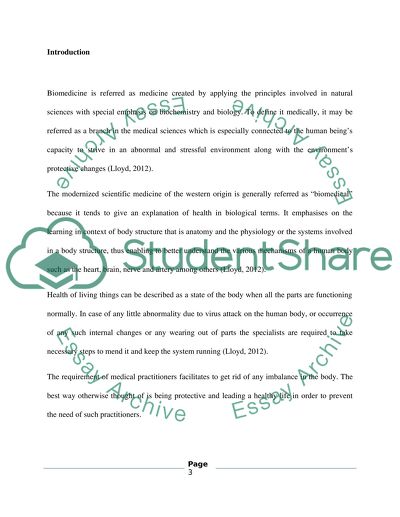Cite this document
(“Drawing on relevant theory, evaluate the proposition that biomedicine Essay”, n.d.)
Drawing on relevant theory, evaluate the proposition that biomedicine Essay. Retrieved from https://studentshare.org/sociology/1465427-drawing-on-relevant-theory-evaluate-the
Drawing on relevant theory, evaluate the proposition that biomedicine Essay. Retrieved from https://studentshare.org/sociology/1465427-drawing-on-relevant-theory-evaluate-the
(Drawing on Relevant Theory, Evaluate the Proposition That Biomedicine Essay)
Drawing on Relevant Theory, Evaluate the Proposition That Biomedicine Essay. https://studentshare.org/sociology/1465427-drawing-on-relevant-theory-evaluate-the.
Drawing on Relevant Theory, Evaluate the Proposition That Biomedicine Essay. https://studentshare.org/sociology/1465427-drawing-on-relevant-theory-evaluate-the.
“Drawing on Relevant Theory, Evaluate the Proposition That Biomedicine Essay”, n.d. https://studentshare.org/sociology/1465427-drawing-on-relevant-theory-evaluate-the.


